How many of us have ever watched the moon from the comfort of our home, in the darkness of the mountain, from an astronomical observatory or from anywhere else?
Can you imagine what it feels like to be one of luckiest humans that is given an opportunity to actually “walk” on the moon? The XLDron MW Moon Tourism space station together with the XLDron Global Versatile Advanced (XGV-A) and rocket “Orbiter”… are Oscar Vinals, an industrial designer, personal view of a “Moon trip” in the future where we can “walk” on the moon just like tourists.
In a very near future, thanks to rapid and continuing advance of the aerospace industry and private initiative in this sector, we could start walking on the moon as privileged tourists and become part of the history’s elite of the space travelers.
In the beginning, only freaking rich people could enjoy this space tourism, because a “ticket” to the lunar surface would be around a $150,000,000 to $200,000,000, but who knows … somewhere not so far from now and thanks to technical and scientific development, the ticket price would be within the reach of many more people.
Designer : Oscar Viñals


The capsules and rover-satellite are launched into space with the XLDron Global Versatile Advanced (XGV-A) and the rocket “Orbiter”. The aircraft “launcher”, XGV-A is a giant unmanned aircraft with two giant wings and rear extra-flaps, these will have a big wing area; equipped with 5 oversized Ultra-High Bypass turbofan engines, producing a big powerful thrust range.
The central UHB turbofan will only work with maximum performance at the take-off stage and to reach the maximum height for the “drop rocket stage”. This aircraft would have a rear landing gear with adjustable height, depending on, if goes loaded (rocket) or empty, and could be equipped with a Hyper Lift Mechanical System (HLMS) integrated with the wings to keep the aircraft with the best conditions of CL (Lift Coefficient) in all situations, capable of carrying up a large rocket to an altitude of 50,000 ft. and a max. payload of 330,693 lb, launching into the space the capsules and rover-satellite.
Moon Window space station would be a “little” permanent space station, located in a fixed orbit around The Moon, with the ability to host 7 passengers during short periods of time (from 1 week up to 2 weeks), or 3 passengers during longer stays.
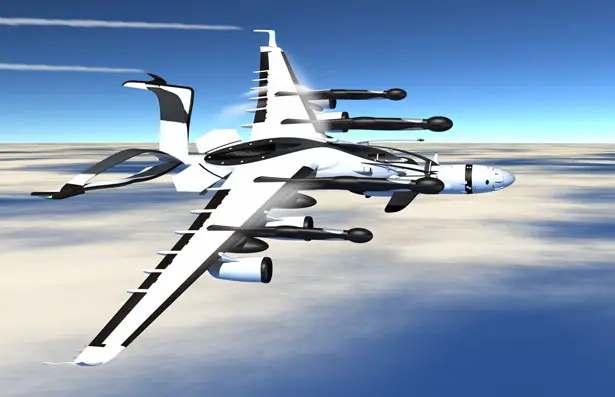
Moon Window space station serves as a platform or base for launching manned explorers (conqueror capsule), to the surface of the moon and a privileged observatory of the Moon through the “MW cupola”.
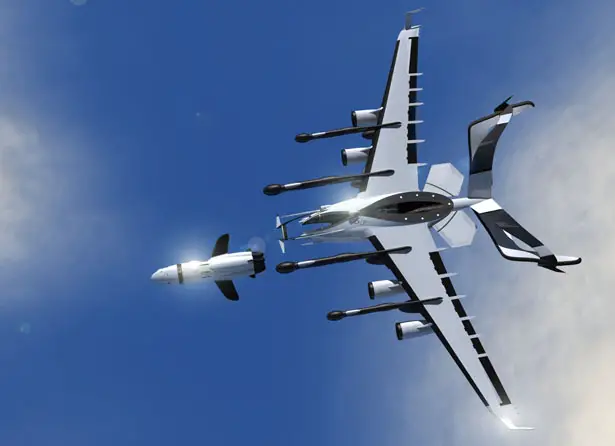


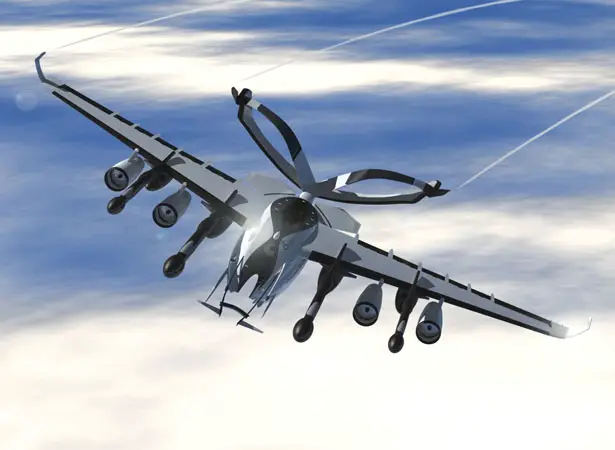
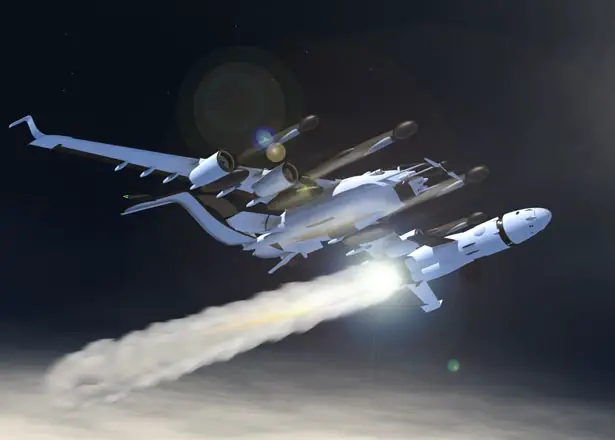
The MW space station consist of:
- 1 “Nomadic” capsule that would carry the crew
- 1 rocket engine “Zeus” capsule
- 2 explorers “Conqueror” capsules – (1 as a rescue capsule) and 1 support “Peregrine” rover-satellite – working on lunar surface and orbiting around it.
There are 2 main modules: the “Energy” that would keep “MW & Zeus” combustible material and “Zeus” rocket engine that provide a lab area, storage for scientific material and 2 exits to outer station. The other module would be the “Moon Window” where basically the crew members would live and have an observatory “cupola”, with magnificent views of the moon.
When it’s launched for the first time, the MW space station would move from Earth to a fixed orbit around The Moon in a “complete-unit” (all capsules, rover and modules), but in the following space trips, only the “Zeus” capsule and “Nomadic” would travel from Earth to The Moon and back. The modules would be sent into space on 2 stages by 2 rockets of high load capacity and the capsules and rover-satellite would be sent into space by the unmanned aircraft XLDron Global Versatile Advanced “XGV-A” and its rocket “Orbiter”.

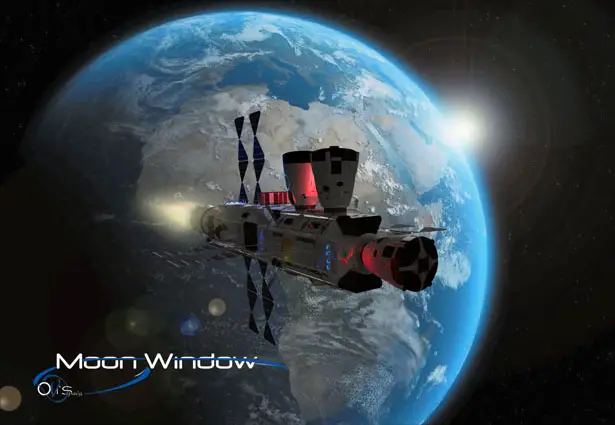
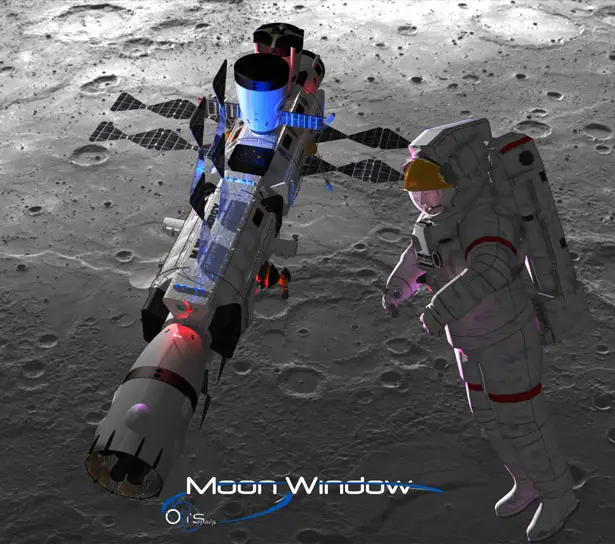


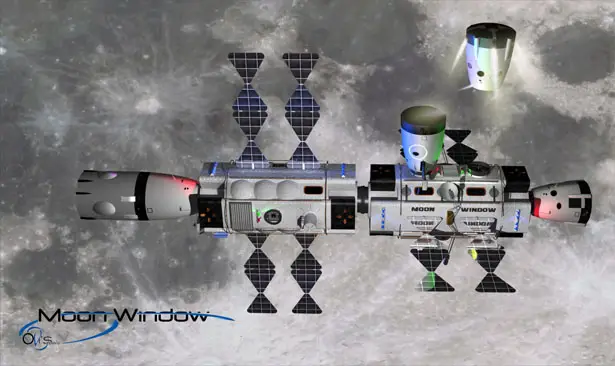



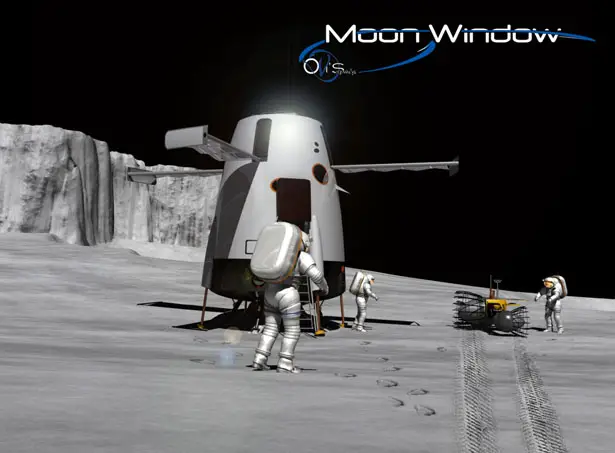


Tuvie has received “XLDron MW Moon Tourism” from our ‘Submit A Design‘ feature, where we welcome our readers to submit their design/concept for publication.








Build this, link to other like sites IE via Trendhunter.com, Gizmag.com etc
Am here for Hire, love your spaceplane the XLDrone.
Build them in So CA.
Expand, link, see Space X.
Good idea. However, if I could suggest to redesign the XGV-A carrier. From the looks of the concept it seems it would create a lot of drag. I'm not an aerospace expert but what if you use flying wing design or even boxwing or some other non conventional desing for high altitude, high speed and big load flight?
see more at http://www.behance.net/ovisdesign